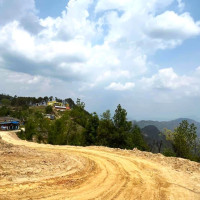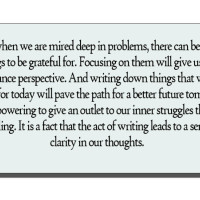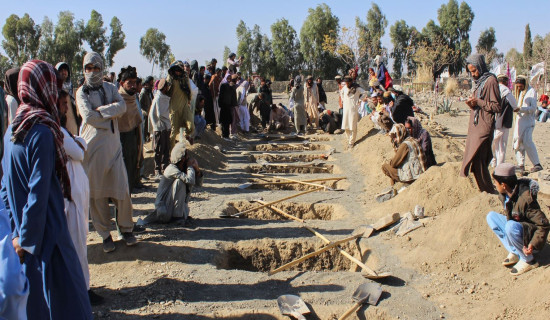- Wednesday, 26 November 2025
Mamdani: A Powerful Voice Of Youth
Once again, a youth leader advocating for the rights of minorities has captured the world’s political attention. Zohran Mamdani has made history by becoming the Mayor of New York City. For Nepalis, this comes at a time when the youth are rising against corruption and the dominance of senior political leaders who are reluctant to give up power. Nepali youth idolise Balen Shah, the Mayor of Kathmandu, and the emergence of another millennial as the Mayor of New York City is certainly an encouraging sign.
It is also a surreal coincidence that both Balen and Mamdani have been rappers and have connected with the public through music and their professional accomplishments. While Mayor Balen comes from an engineering background, Mayor Mamdani has established his record in music, film, social work, and politics. Balen Shah, born in 1990, made history by becoming the first independent candidate from Nepal’s Tarai belt to win the mayoral election — breaking the long-standing tradition of the position being held by members of the Newar community.
Dreamland
Mamdani, born in 1991, has now become the first Muslim of South Asian origin to serve as the Mayor of the largest city in the United States — New York City — which has long been a beacon of hope for millions across the world, a dreamland to fulfil aspirations and create prosperity. In November 2025, Mamdani, the son of Indian-origin parents — acclaimed filmmaker Mira Nair and Professor Mahmood Mamdani of Columbia University — won the mayoral election with a campaign that strongly challenged capitalist ideology and emphasised workers’ rights.
Born in Uganda, he moved to New York City with his parents at the age of seven and has since become deeply rooted in the city. He was educated in some of its best institutions, including the Bronx High School of Science and Bowdoin College. With his Indian, African, and American identities, he has developed a strong voice for the underprivileged, even as he acknowledges that he grew up in privilege. Another fascinating cultural blend is his wife, 27-year-old Brooklyn-based Syrian artist Rama Duwaji, who has now become the youngest First Lady of New York City.
Throughout his student life, both in high school and college, Mamdani was involved in student organisations and contributed to local and community media, raising issues of workers and marginalised groups in one of the world’s richest cities. According to a BBC report, part of what made Mamdani successful was the younger voters’ perception of him as authentic on social media. The digital platform has become the most powerful tool for political communication today — though it is also often used to spread misinformation and disinformation.
Mamdani stands out among social media users as someone genuine, speaking about what truly matters to the younger generation. His language and rap lyrics resonate with them, drawing more youth into his movement. Critics, however, argue that Mamdani lacks the experience to lead a city as complex as New York and accuse him of focusing too much on racial identity as an Asian, African, and Black man. Former President Donald Trump has tried to paint him as a radical and often labels him a communist, even though Mamdani rejects that characterisation. Before the election, Trump had even declared that if Mamdani won, he would withhold federal funds from his administration.
Mamdani is a member of both the Democratic Party and the Democratic Socialists of America (DSA). The DSA, although not a political party with a ballot line, is the largest socialist organisation in the United States. It engages in electoral politics by endorsing candidates whose values align with its principles. His campaign focused on the cost of living in New York and appealed strongly to younger voters, with millions following him across different social media platforms. His key promises included free buses, free childcare, affordable housing, and a higher minimum wage — all to be financed by higher taxes on the rich. Other parts of his agenda include rent control and improving the daily lives of ordinary New Yorkers.
Critics argue that his plans are overly ambitious and may not be financially sustainable. However, Mamdani appears motivated and confident that New Yorkers, especially the youth, will support his vision. The world now seems to be entering a new and interesting era. History has witnessed repeated protests against authoritarian leaders and long-entrenched political elites. The United States has itself been at the forefront of many human rights movements, from the Civil Rights Movement to global advocacy for human rights and democracy.
Informed citizens
After the colonial era, newly independent nations worked to institutionalise democracy, a process that continues even today. Nepal, though never colonised, has also been on this journey since the end of the monarchy. Yet, in today’s world, despite the existence of international human rights instruments and democratic constitutions, corruption in financial, social, and moral spheres continues to rise. Inequality and the cost of living are increasing in many so-called democratic countries, largely driven by capitalist, market-led systems that widen rather than close the gap between citizens.
These developments signal that it is time to truly listen to the voices of the youth and observe how digital media shapes their movements, spreading both facts and myths. Youth today are more media literate and can often distinguish truth from misinformation. Mamdani’s authenticity earned him trust; his words and actions matched. In Nepal, however, the political situation remains delicate. The Gen Z-led movement has challenged the government, but whether this revolution can stabilise, form a government that lasts a full five-year term, and move the country toward sustainable development remains to be seen.
(Sharma is a senior journalist and women rights advocate namrata1964@yahoo.com X handle: @NamrataSharmaP)














